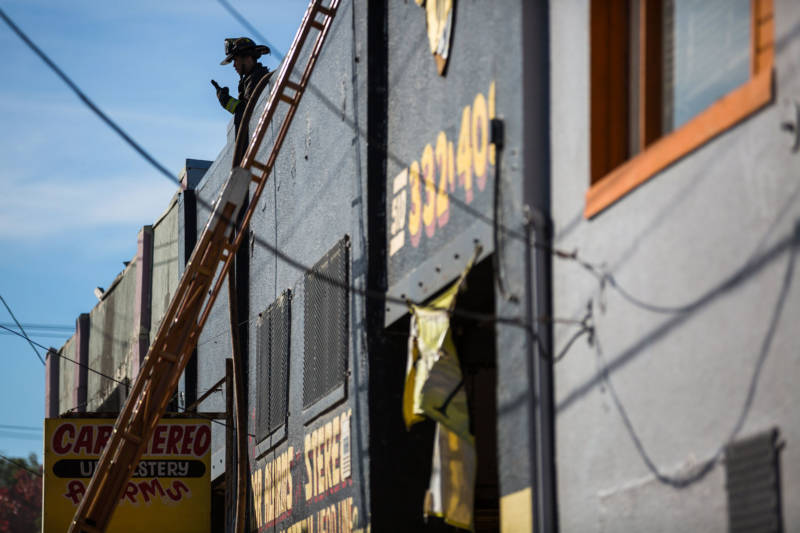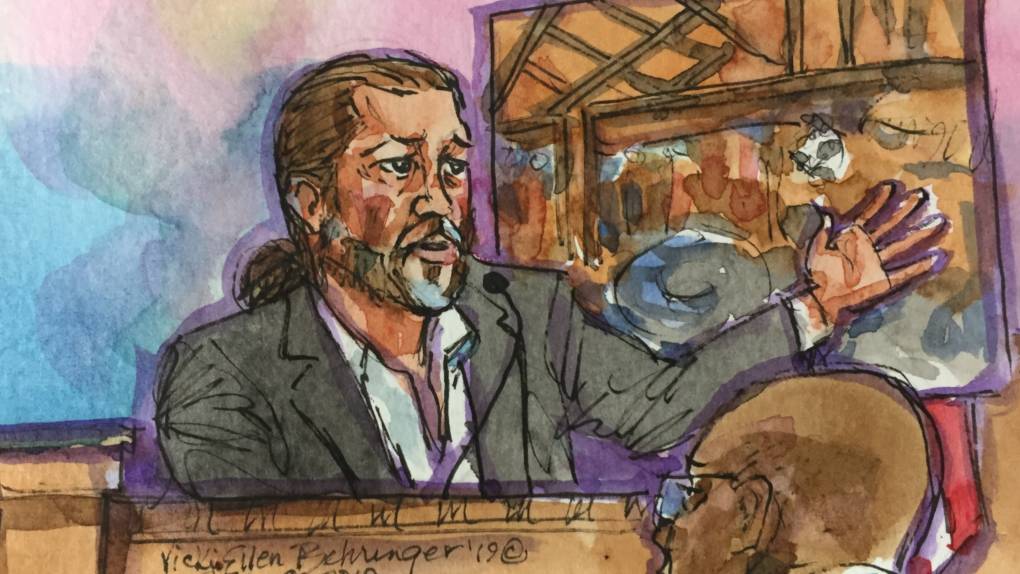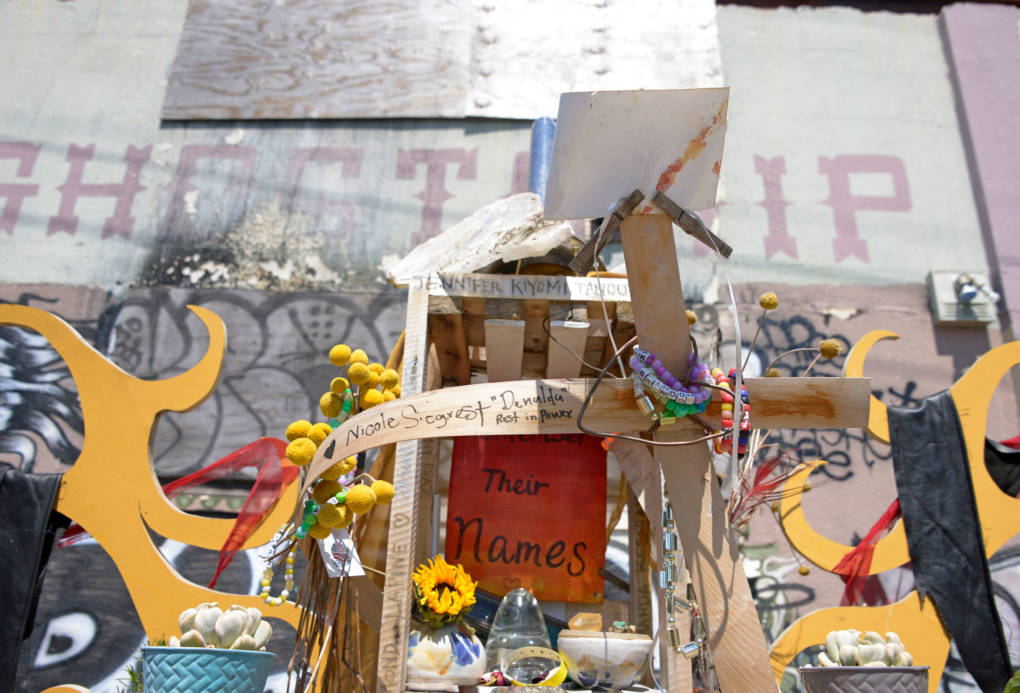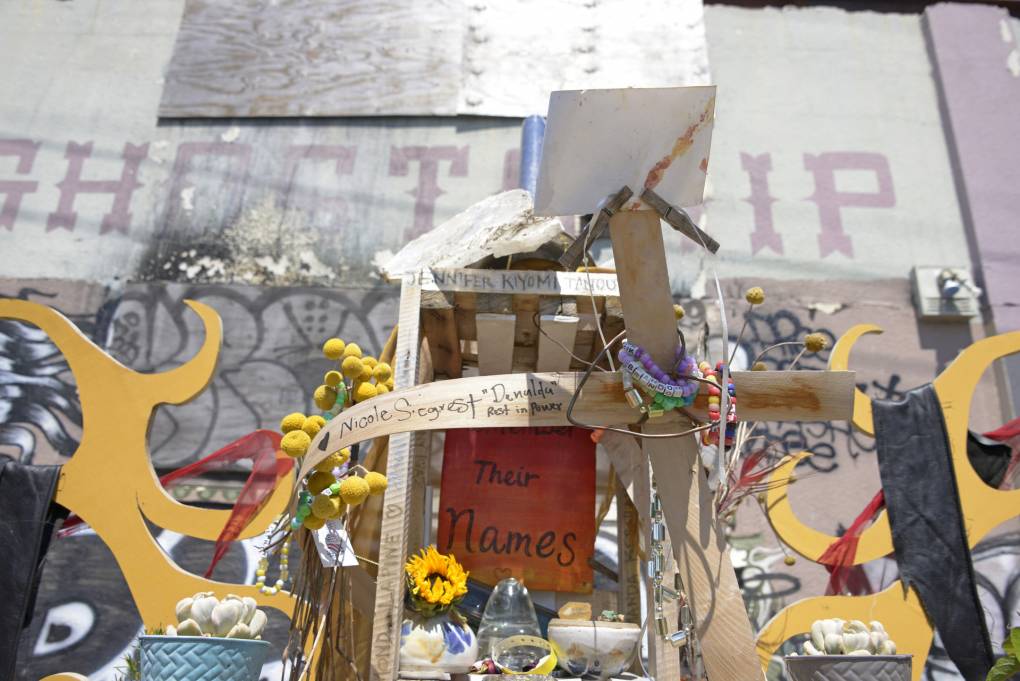Kennon rejected descriptions of a staircase leading to the second floor as being shoddily constructed from pallets, saying cosmetic features belied a sturdy foundation. He also testified that he'd installed two smoke detectors himself. Asked if he considered Ghost Ship a "firetrap" or "tinderbox," he said no.
"They weren't the pallet stairs you hear about on the news," he said. "They were more than stable."
His testimony differed starkly from that of former warehouse resident Jennifer Turner, who earlier said from the witness stand that she moved out after only a few weeks due to concerns about fire safety.
Kennon also undercut prosecutors' descriptions of Almena and Harris, who each face 36 counts of involuntary manslaughter, as the operators of Ghost Ship. Asked if it would be fair to say there was no "hierarchy" or "second in command," Kennon said yes. "It was mostly communal decisions," he said.
Curtis Briggs, the defense attorney for Harris, told reporters outside the courthouse that Kennon's testimony "debunked" prosecutors' argument that alterations to the space and a lack of alarm devices led to the tragic loss of life. "The fire grew too rapidly to evacuate because this was an arson fire," he said.
Prosecutors argue master tenant Almena created and ran Ghost Ship as a residence and music venue with willful disregard for safety, enlisting Harris as his subordinate. The defense is attempting to shift blame to the landlords and many officials who visited the property without flagging unsafe conditions, and claim the fire broke out not because of defendants' actions or neglect, but because of arson.
Kennon's testimony shed little more light on the arson theory. He said there were several strangers leaving through the side door moments after he was alerted to the fire, but that the flames appeared to originate from behind a locked, partially enclosed room. Briggs and defense attorney Tony Serra, who's representing Almena, have said the rapid growth of the fire suggests the use of accelerants such as gasoline.




